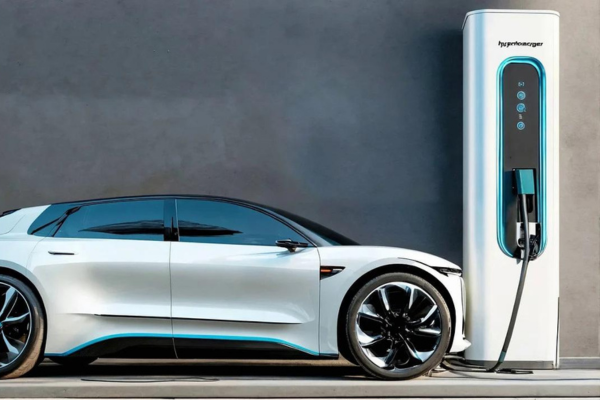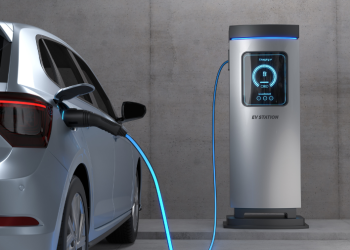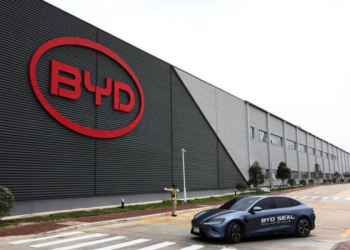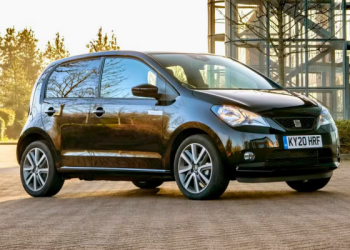Automakers in the United States have poured millions of dollars into their electric vehicle (EV) strategies, focusing on new product development, engineering for lighter and more powerful motors, and investments in new factories. However, recent reports suggest that these investments may not yield the expected returns, as EV makers across America reportedly lose thousands of dollars on every car they sell.
According to a new Boston Consulting Group (BCG) report, U.S. automakers are losing approximately $6,000 or 12 percent on every $50,000 EV they sell in America. This revelation follows similar reports of significant losses from companies like Rivian and Lucid. Rivian disclosed earlier this year that it was losing $33,000 on every truck sold, while Lucid reported staggering losses of $400,000 on each car sold.
The high losses are partly attributed to automakers’ substantial upfront investments in developing electrification. Despite these losses, there is optimism that EV profitability could improve over time if production continues and the public embraces EVs in meaningful numbers. However, industry growth has not met expectations. Five years ago, automakers projected that EVs would reach parity with combustion vehicles by around 2025, but none of the major markets are on track to meet those targets.
While there has been an improvement in segment growth, it is not happening as rapidly as industry leaders anticipated. The industry had projected a 70% growth in EV sales for 2023 based on the sales growth witnessed during the pandemic. However, the actual growth was closer to 50%, and it has continued to weaken. Fresh EV registrations rose just 15% in January, according to data from S&P Global Mobility.
Andrew Loh, a senior partner at Boston Consulting Group, in an interview with Automotive News, expressed concern about the industry’s profitability challenges, stating that changes would be necessary if automakers cannot figure out how to consistently make the next generation of all-electric vehicles profitable.
“Whether automakers have the ‘stomach’ to keep investing until they get to the level of scale and efficiency where they can turn a profit” is a question,” Loh said. “Automakers differ in their approaches to EVs, but most have felt the punch of slowing sales growth. Toyota, for example, will buy credits to meet emissions regulations, choosing to base its EV plans on customer demand.”
One suggested solution is for automakers to share costs with suppliers rather than trying to bear the burden alone. However, high development and materials costs have made this difficult. Another proposed solution is platform sharing, treating EVs as divergent powertrains for preexisting models, but this strategy is not without risks.
Despite these challenges, nearly 40% of 3,000 U.S. consumers surveyed by Boston Consulting Group in January expressed an intention to purchase an EV as their next vehicle. However, they have strict requirements, including 20-minute charging times, a 350-mile driving range, and a price of $50,000.
In conclusion, while the future of all-electric vehicles remains uncertain, there is optimism that hybrids, especially plug-in hybrids (PHEVs), could be a viable alternative. Hybrids are seen as more appealing to both EV enthusiasts and the broader public and are better positioned to meet increasingly stringent emissions requirements. However, automakers face significant challenges in making EVs profitable amid substantial upfront investments and evolving consumer demands.
Read more on How Moove hits $750 Million valuation after $100m funding for EV expansion










![RJ Scaringe, Rivian founder and CEO [source MarketWatch]](https://autojournal.africa/wp-content/uploads/2025/11/RJ-Scaringe-Rivian-founder-and-CEO-source-MarketWatch-350x250.png)










